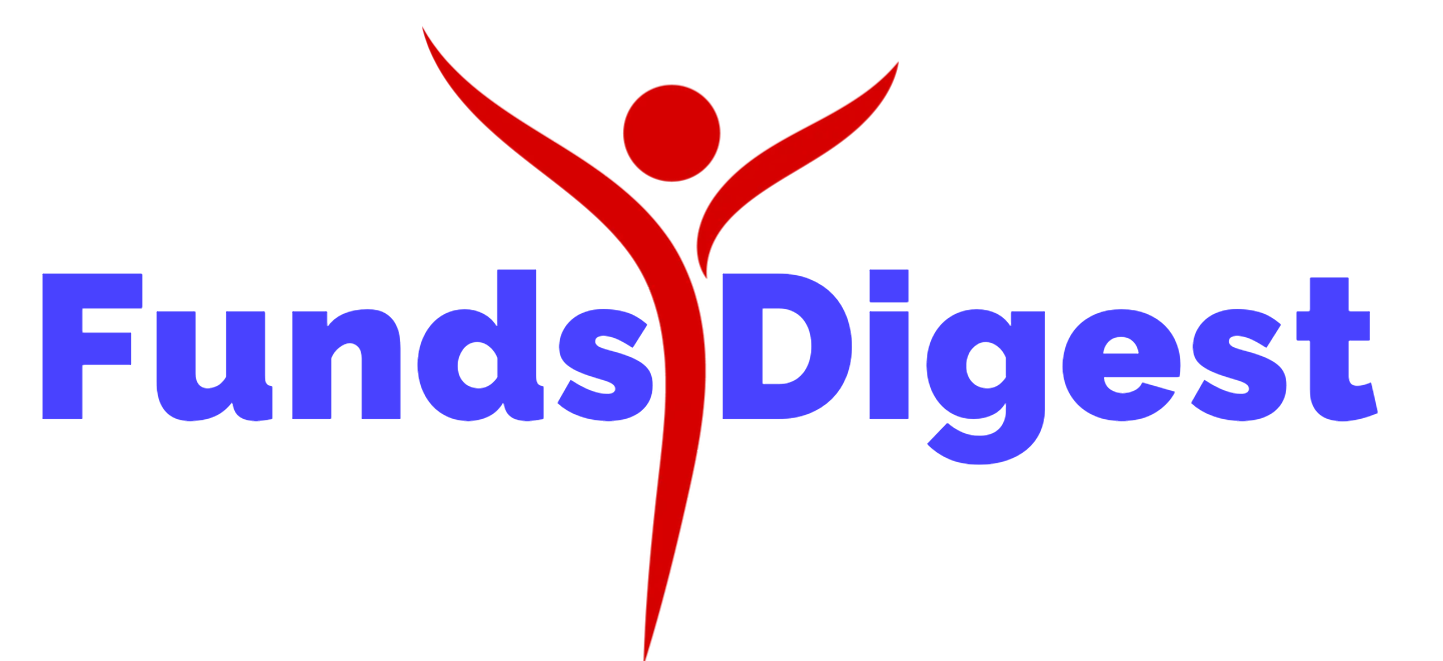

Recent Lahainaluna High School graduate Christina Paragoso escaped the Lahaina wildfire with her mother on August 8, 2023, after grabbing just her laptop and her wallet.
“We lost pretty much everything that day. It kind of just felt like a fever dream,” Paragoso said, and described the days that followed as “fighting for survival.”
As she prepared to begin classes at the University of Hawaiʻi Maui College in the following weeks, she asked her counselor about financial aid and was grateful to find she was eligible for a Hawaiʻi Promise scholarship. The UH Community Colleges program provides money to cover the direct costs of education—including tuition, fees and books and supplies—not met by other forms of financial aid, and is only for students who have qualified for federal financial aid through the Free Application for Federal Student Aid (FAFSA). She credits Hawaiʻi Promise with helping her get back on her feet financially.
“It’s been very beneficial for students like me, coming from an immigrant family with not too much financially,” Paragoso said, “I think that it is definitely something that would help if a lot of our students would get that.”
Because of its impact, including strong academic outcomes for recipients, UH has made expanding the Hawaiʻi Promise scholarship program from the community colleges to its three 4-year campuses a top priority. UH is seeking approximately $12.1 million in the upcoming biennium budget to provide aid to students with proven financial need at UH Mānoa, UH Hilo and UH West Oʻahu.
At the UH Community Colleges, in fiscal year 2024, the Hawaiʻi Promise scholarship program nearly doubled the number of students served. The program awarded $5.5 million in scholarships to 3,446 students across all seven UH community colleges in fiscal year 2024, compared to $3.8 million supporting 1,774 students in 2023. The average award per student was $1,600 in 2024.
“The expanded reach of Hawaiʻi Promise demonstrates our commitment to making higher education accessible to all qualified residents,” said Della Teraoka, UH Community Colleges interim vice president. “What’s particularly encouraging is that we’re seeing consistently strong academic performance among recipients.”
The 2024 data showed that Hawaiʻi Promise scholars continued to outperform their peers, earning an average of 16.1 credits compared to 11.1 credits for non-recipients. First-time scholars also showed higher persistence rates, with 73% continuing their enrollment compared to 62% of non-recipients.
Notably, the program made significant strides in supporting underserved populations, with 63% of scholarships awarded to students from historically underrepresented groups. Thirty-five percent of recipients were Native Hawaiian or part-Native Hawaiian students, while 46% were Filipino or part-Filipino students.
Paragoso, who plans to graduate in the spring with an associate’s degree in liberal arts, said, “Especially because we live in such like an expensive state, I feel that expanding Hawaiʻi Promise would help a lot of the younger people to pursue their education—because it starts with that—and then to pursue their dreams.”
16 questions with 16th UH President Wendy Hensel!
If required, information contained on
this website can be made available in
an alternative format upon request.
Get Adobe Acrobat Reader
About
Calendar
COVID-19 Updates
Directory
Emergency Information
For Media
MyUH
Work at UH
English
Gagana Samoa
Kapasen Chuuk
Lea faka-Tonga – Tongan
Tiếng Việt
ภาษาไทย
Ilokano
Tagalog
Cebuano
Kajin Majôl
简体中文
繁體中文
日本語
한국어
Español
ʻŌlelo Hawaiʻi

Recent Comments